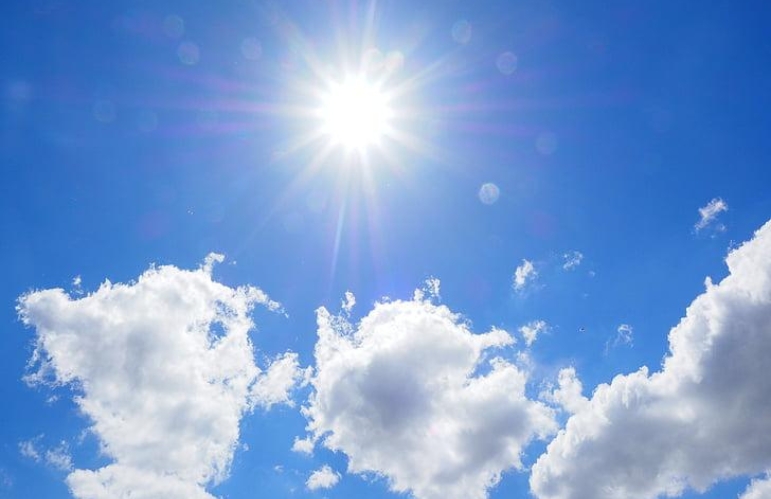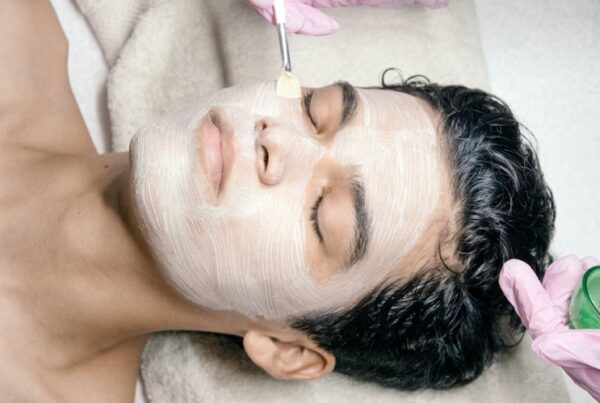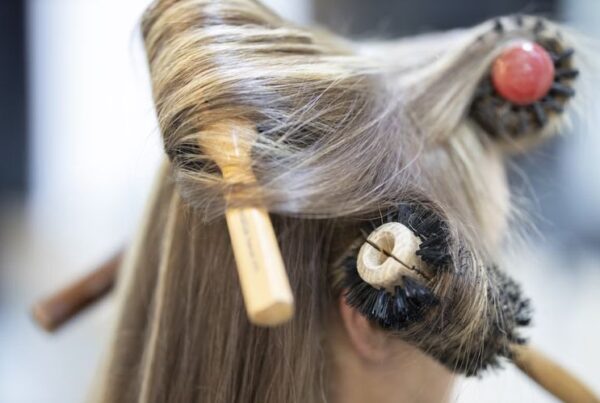
Mornings feel sticky, afternoons turn stormy, and a beach day can flip to wind and salt spray before dinner. That is the Southeast. Those who Google “esthetician classes near me” often realize the weather here is not just a backdrop.
Humidity, UV, pollen, heat, and winter dryness change what hair and skin need from you week to week. At Kenneth Shuler School of Cosmetology, we teach you to read the season and adjust service steps so clients leave with care plans that actually fit their climate.
Summer humidity and frizz control
Moist air swells the hair shaft and lifts cuticles, which means frizz and shape loss. In our cosmetology classrooms and student salons, we practice anti-humidity finishing, careful tension during blowouts, and product layering that respects porosity.
Students learn to choose smoothing strategies that still protect color and scalp comfort during hot months. Clients see a plan, not guesswork.
UV exposure and color maintenance
High sun speeds up color fade and brassiness, especially on lightened hair. We show students how to build gloss schedules, talk about tone upkeep without pressure, and pair take-home routines with realistic timelines.
The goal is simple. Keep hair reflective and soft while protecting the scalp from irritation after long days outside.
Salt, chlorine, and weekend resets
Pool chemicals dry the cuticle. Ocean salt leaves grit and mineral buildup. In the salon we run clarifying washes, hydrating masks, and gentle detangling so clients leave reset rather than stripped.
Students practice a short consultation script that flags recent pool or beach exposure and sets expectations before the service starts. All services are performed by students under the supervision of licensed instructors.
Pollen spikes and reactive skin
Spring and early summer bring heavy pollen. Skin can feel tight, blotchy, or itchy, and fragrance loads may hit harder.
Our esthetics training emphasizes barrier-first facials with sensible ingredient choices using professional product lines. Students learn to scale back activities during flare periods, then reintroduce them slowly once the barrier calms.
Heat, sweat, and acne-prone areas
Sweat and occlusion from hats or headbands can trigger breakouts on the forehead, hairline, and back. We coach non-irritating extractions, post-service soothing, and simple home care that clients can keep up with during long, hot stretches.
Cosmetology students are taught to avoid pore-blocking finishing around the hairline on acne-prone clients.
Winter dryness and static
Indoor heat and cooler air increase static, breakage, and flaky scalps. We shift toward humectant-rich masks, gentle scalp exfoliation, and microfiber-safe blow-dry lessons that reduce mechanical stress.
Esthetics students lean into replenishing facials that respect a compromised barrier. Small adjustments add up to fewer midwinter service redos.
Storm season swings
Hurricane-season patterns bring rapid dew point changes. Styles that worked last week may not hold this week.
We train students to create quick refresh routines clients can use at home, along with realistic expectations on longevity. This is where communication skills matter. ProsperU courses help students practice clear, friendly coaching that clients remember.
Hard water pockets and city-to-city differences
Mineral content in local water can dull blondes and weigh down waves. Students learn to spot buildup, schedule chelating services when appropriate, and adjust pH in the service plan.
Esthetics students address tight, squeaky skin from mineral-heavy water with barrier-minded routines that feel comfortable, not greasy.
Events season and humidity-proof styling
Proms, weddings, and outdoor parties cluster in warm months. Our classrooms cover style selection, secure foundations, and shine control that photographs well under heat and humidity.
Makeup lessons emphasize oil management and transfer-aware application so clients look fresh longer without over-powdering.
Client education that sticks
Weather advice falls flat if it is too complicated. We teach students to write easy care cards with three steps: prep, service-safe finishing, and nightly reset.
The card matches what was done in the chair, uses products clients can manage, and fits the season they are in right now. That consistency builds trust.
Day and night class options that fit real life
Many students are balancing work and family. We offer day and night class options that keep training structured for the board and predictable for life outside school.
Every campus has a Financial Aid Coordinator to help you understand how to pay for school, and a Student Success Coach who supports you from the first day through graduation. Financial aid is available to those who qualify.
Brands, kits, and habits that translate
Students train with professional tools and product lines you will see in real service settings. Your kit includes implements for daily class work and clinic services, plus a tablet for hybrid learning where applicable.
Repetition with familiar tools builds muscle memory and keeps your focus on safety, timing, and client comfort.
Seasonal service bundles that make sense
Clients appreciate clear choices. In the student spas and salons, we organize services around common weather problems. Examples include a beach-to-salon reset with clarifying wash, mask, and scalp care, or a barrier-calm facial during allergy season.
Students learn to explain why each step is there and how to maintain results at home. That approach respects budgets and time without overpromising.
What to do next
If your plan is to get licensed, support clients through real Southern weather, and feel confident adapting your services week to week, come see how we teach it.
Tour a campus, sit in on a class if possible, and ask instructors how we handle humidity, UV, pollen, and winter dryness in the student clinic. You will see the step-by-step habits that turn climate problems into practical service plans.
Conclusion
Searching for “esthetician programs near me” is a good start, but your training should match the seasons you will actually work through. Our esthetics education ties climate challenges to clear service steps, from barrier-first facials to summer-friendly finishing. Learn more about our esthetics program!






